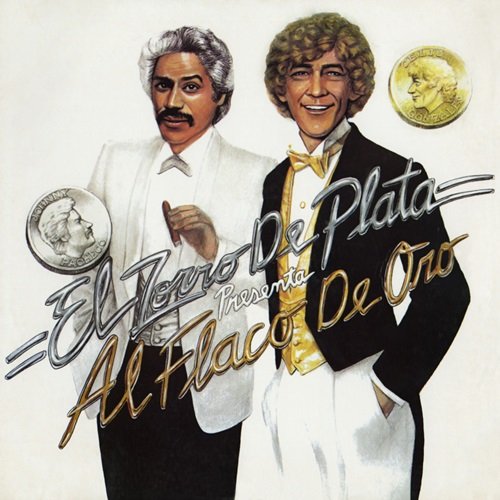Mario Pavone - Arc Trio (2013)
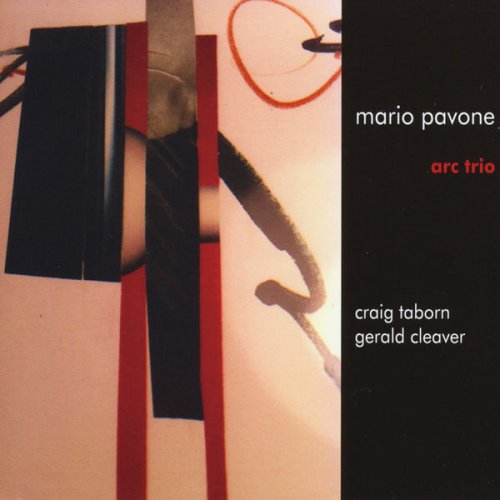
Artist: Mario Pavone, Craig Taborn, Gerald Cleaver
Title: Arc Trio
Year Of Release: 2013
Label: Playscape Recordings
Genre: Jazz
Quality: FLAC (tracks)
Total Time: 57:55
Total Size: 359 MB
WebSite: Album Preview
Tracklist:Title: Arc Trio
Year Of Release: 2013
Label: Playscape Recordings
Genre: Jazz
Quality: FLAC (tracks)
Total Time: 57:55
Total Size: 359 MB
WebSite: Album Preview
1. Andrew (06:31)
2. Eyto (07:11)
3. Not Five Komono (09:10)
4. Box in Orange (07:32)
5. Poles (05:21)
6. Alban Berg (08:59)
7. Hotep (04:53)
8. Dialect (08:15)
In this reunion after some 40 years as leaders in their own right, bassist Mario Pavone and pianist Paul Bley get together in an improvised setting for Trio Arc, also featuring drummer Matt Wilson. They are all incomparably creative players and you should expect great music from them -- and you get it here via a series of shorter and compact themes allowing all three to discourse freely, with no wasted motion or overbearing excesses. No discussion by the musicians was broached prior to the session, and with the brilliance of the participants, none is really needed. All that is required are keen instincts, open ears, and a desire to play together, which they do above and beyond the call. The first track, "Slant," really shows in total what this trio is capable of. Pavone's deft upright plows straight ahead, Wilson's drumming boils, and Bley's signature rambling piano implies hard bop without the strict parameters. "Quest" is aptly named, as the driving bass of Pavone carves a pathway for a repeated triple cymbal figure and a wry piano caravanserai. "Lazzi" has the trio in ultimate call-and-response mode, a brilliant conversation between musicians who have seen and heard it all, with Bley and Pavone both using blunted or dampened techniques on their strings to attain a koto-like effect over a dancing tick-tock rhythm. "Miro," for the acclaimed Catalonian painter Joan Miró, is a diffuse instrumental, at once the least and most centered piece, as was his surreal, abstract, poetic, and whimsical art. There are languid, pretty, and even dour moments, as on the straight ballad "Sweet," and "Solo Bley" has the veteran alone converting a sense of warmth into inquisitive doubt. His sound is close to Cecil Taylor's angular chordal kineticism on the calmer and thoughtful "Hello Again." The teamwork between the three is nothing short of breathtaking, the empathy enormous, and the music itself at a very high level. A must-have for lovers of this kind of spontaneous composition; this is not so much a throwback to the '60s as a modern update, and a welcome one indeed.
Review by Michael G. Nastos
Review by Michael G. Nastos
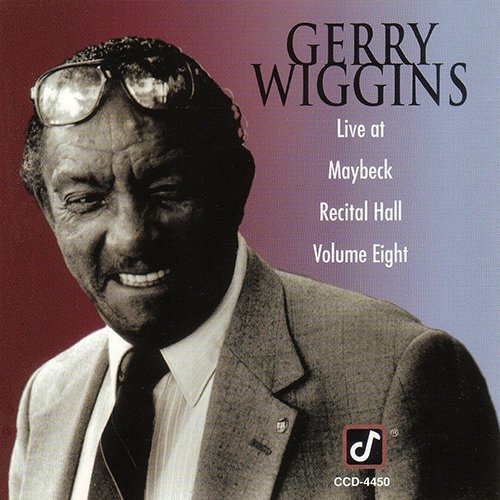
![Grises - Eveil (2025) [Hi-Res] Grises - Eveil (2025) [Hi-Res]](https://www.dibpic.com/uploads/posts/2025-12/1766127968_cover.jpg)
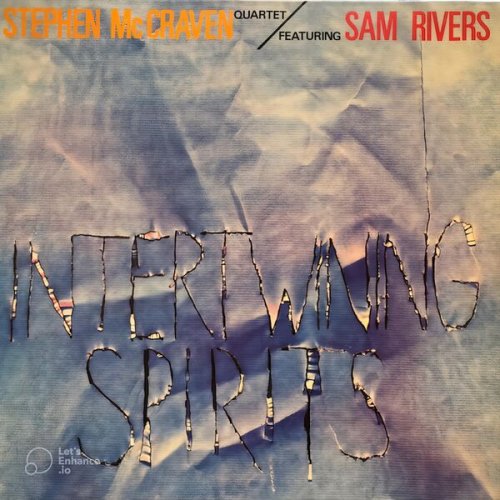
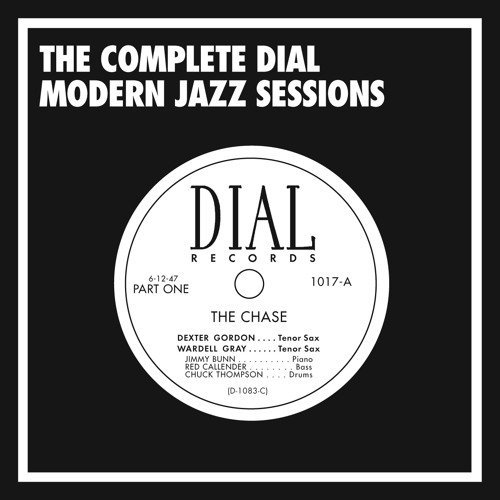

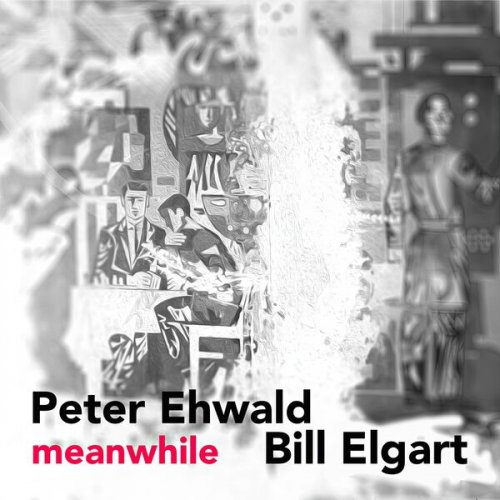
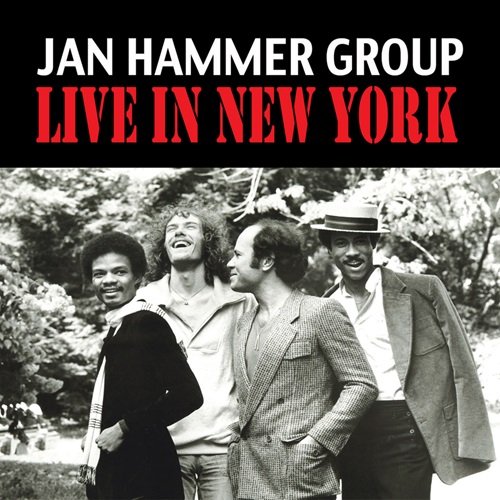
![Tom Cohen - Embraceable Brazil (2025) [Hi-Res] Tom Cohen - Embraceable Brazil (2025) [Hi-Res]](https://img.israbox.com/img/2025-12/18/vgt0kbsml69jbixcu67jkruae.jpg)
